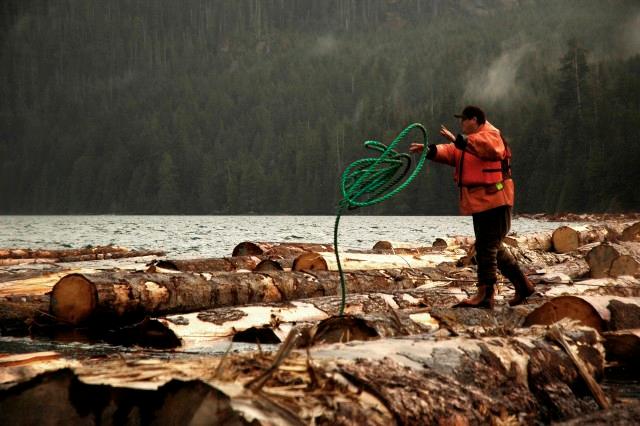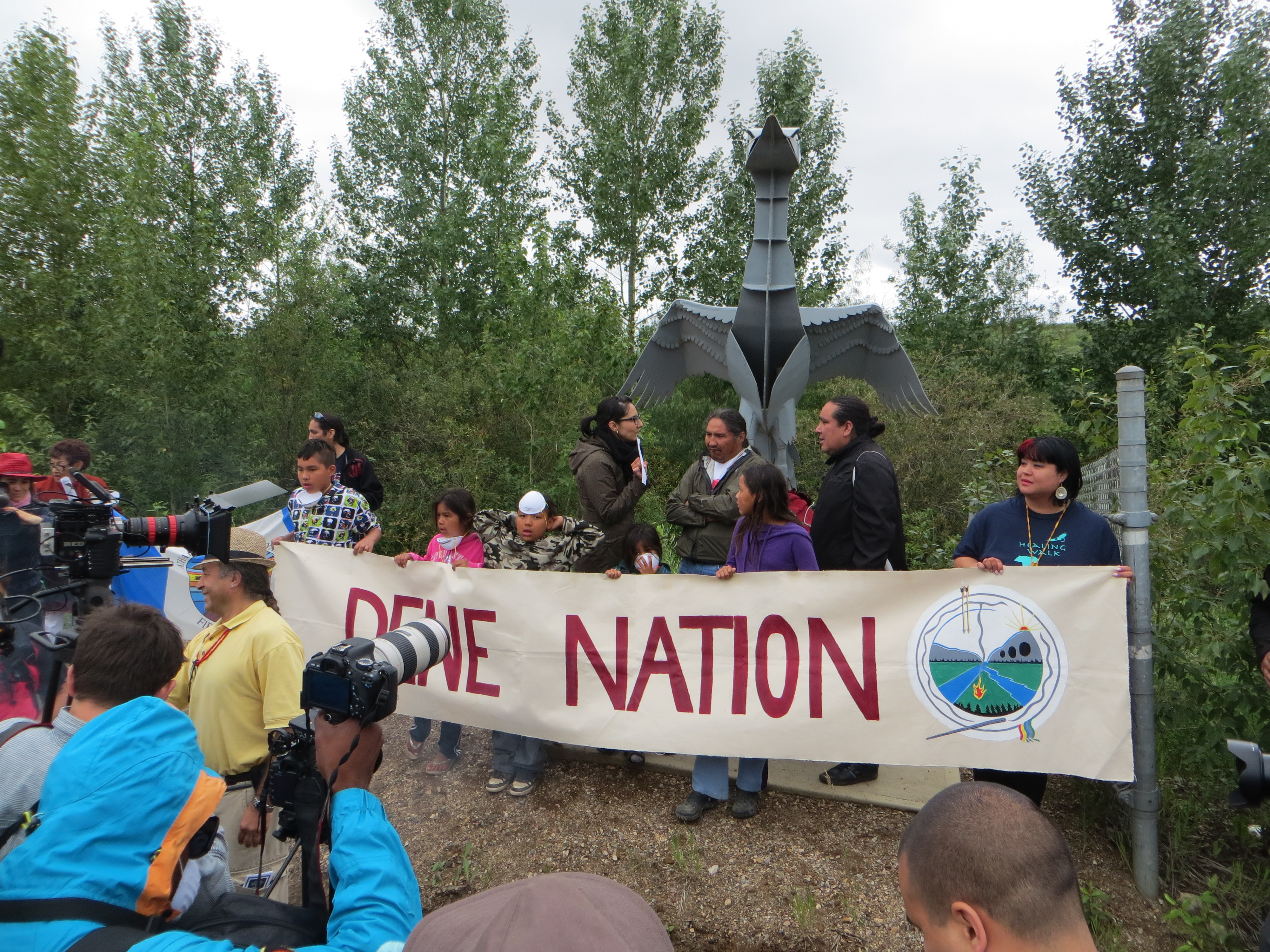The Cayuga (also known as Guyohkohnyo and Gayogohó:no', meaning “People of the Pipe” or “People of the Great Swamp”) are Indigenous peoples who have traditionally occupied territories along the northern shore of the St. Lawrence River and south into the Finger Lakes district of New York State. The Cayuga are one of six First Nations that make up the Haudenosaunee Confederacy.

Territory and Population
The traditional territory of the Cayuga Nation is located along the northern shore of the St. Lawrence River and south into the Finger Lakes district of New York State. (See also Indigenous Territory.)
According to the federal government, the registered population of the Upper Cayuga First Nation was 4,045 in November 2023. The majority of the population live off reserve. The Lower Cayuga had a registered population of 3,920 in the same year, with 1,485 living off reserve.
Political and Social Organization
The Cayuga are part of the Haudenosaunee Confederacy of the People of the Longhouse, known by the French as the Iroquois Confederacy and by the English as the Five Nations (later the Six Nations). The original Iroquois Confederacy consisted of five nations: the Cayuga, Oneida, Onondaga, Mohawk and Seneca. When the Tuscarora (an Indigenous nation predominantly residing in territory that is now part of the USA) joined the confederacy they became the Six Nations. The Confederacy Council included ten Cayuga chiefs representing the Turtle, Bear, Wolf, Heron, and Snipe clans.
Language
The Cayuga language is related to other Northern Iroquoian languages, such as Seneca. It is considered endangered, with only 115 people of the Indigenous population reporting Cayuga as their mother tongue in the 2021 census. However, Cayuga members are making efforts to revitalize the language. (See also Indigenous Languages in Canada.)
Colonial History
Throughout the 17th century, the Cayuga were involved in a series of conflicts known as the Iroquois Wars. In the 1660s, the war between the Susquehannock in the south and the Cayuga resulted in some of the Cayuga settling briefly along the north shore of Lake Ontario. In 1687, during an invasion of the Cayuga lands led by the French governor Brisay de Denonville, a group of Cayuga hunters were lured into Fort Cataraqui (later renamed Fort Frontenac), seized, imprisoned, and tortured, before being taken to France to work as slaves in the King's galleys. (See also Enslavement of Indigenous Peoples in Canada.)
The Cayuga fought as British allies against the French in the mid- to late-1700s, including during the American Revolution. Ottrowana, a Cayuga chief, provided the British with essential intelligence at that time. In 1779, in retaliation against the Cayuga for their support for the British, the American army under General John Sullivan burned many Cayuga villages including the communities at Cayuga Castle and Chonodote. Some survivors took refuge with other First Nations, and many Cayuga fled to safety in the Grand River territory. By the end of the war, almost half the Cayuga and many British Loyalists had moved north to the Grand River area. In exchange for their loyalty, General Frederick Haldimand, on behalf of the British, granted land to the Cayuga. (See also Haldimand Proclamation.)
Contemporary Life
There are two Cayuga First Nations in Ontario: Upper Cayuga and Lower Cayuga. Many Cayuga people live on the Six Nations of the Grand River reserve. There are also two Cayuga communities residing in the USA: Seneca-Cayuga of Oklahoma and Cayuga Nation of New York.
As part of the Six Nations of the Grand River, the Cayuga continue to pursue land claims involving traditional territory in Ontario. According to the province, “Ontario is working with the Six Nations, surrounding municipalities and other interested parties to strengthen relationships and promote reconciliation.”

 Share on Facebook
Share on Facebook Share on X
Share on X Share by Email
Share by Email Share on Google Classroom
Share on Google Classroom




